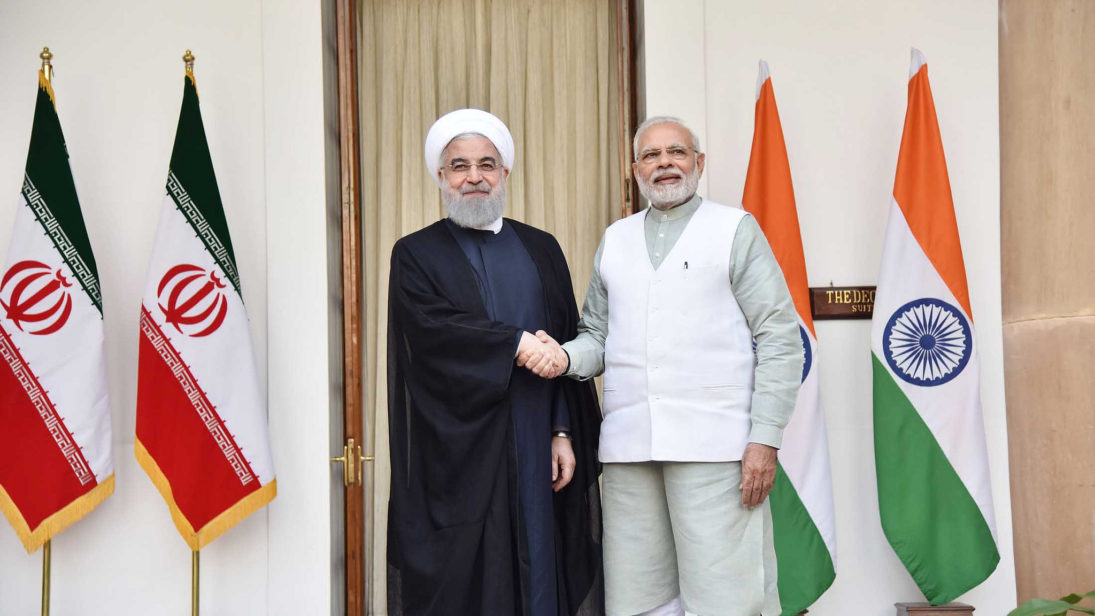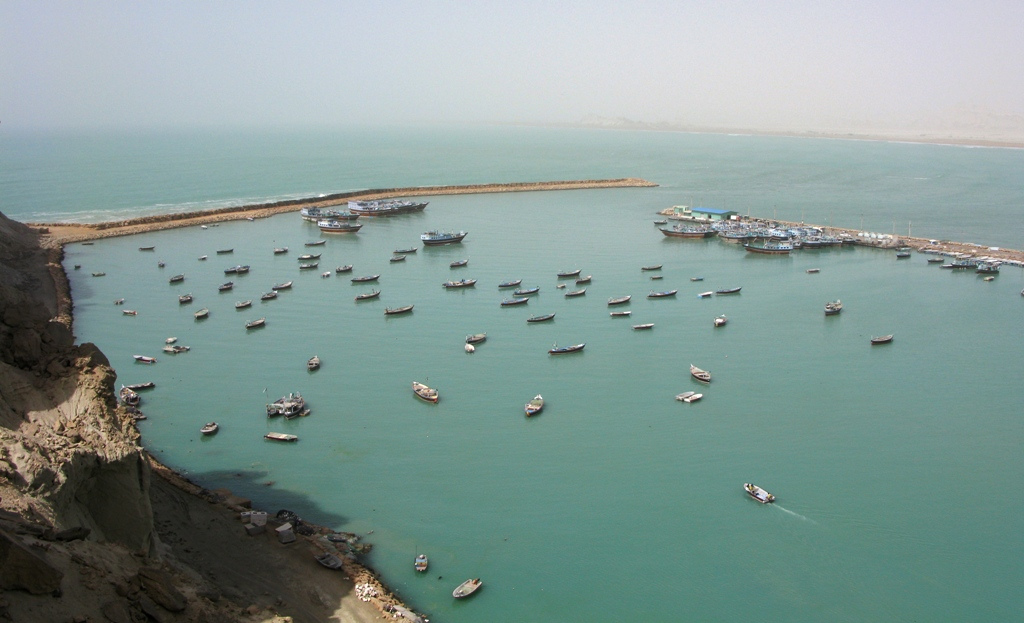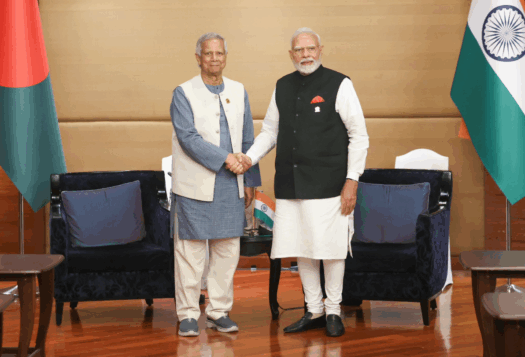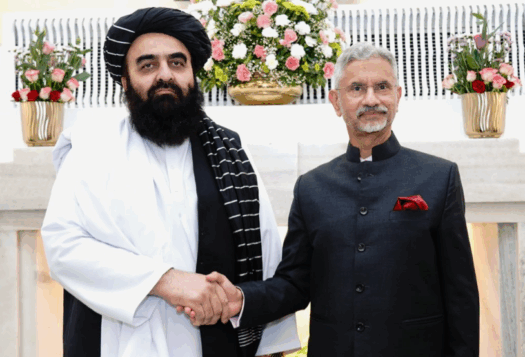
The resolution of the Iranian nuclear issue after the Joint Comprehensive Plan of Action (JCPOA), a landmark deal signed in 2015 between the P5+1 and Iran to secure the country’s nuclear program for exclusively peaceful purposes until 2030, was a welcome development for India. Before the JCPOA, India had to balance its interests in Iran with keeping its strategic partnership with the United States as well as maintaining its relations with other powers in West Asia. Thus, despite opposing Iran’s nuclear weapons program and even voting against it in the International Atomic Energy Agency in support of the U.S. position, India maintained a diplomatic and economic relationship with Iran. But stringent sanctions on Iran placed constraints on New Delhi’s economic ties with Tehran. For instance, the United States had asked India to wait on increasing its crude oil imports from Iran even after the 2013 interim deal was signed, as a result of which 2014-15 witnessed a 62 percent decline in India’s oil imports from Iran.
New Delhi had anticipated that its relations with Tehran would rapidly improve after the signing of the nuclear deal. At the outset, the removal of sanctions meant that India could buy more crude oil from Iran, as the 9 million tons per year limit would be lifted. It was also expected that India and Iran would deepen engagement on strategically-vital initiatives like the Chabahar port project, the conceptualization of which was on the cards since the two countries signed a bilateral agreement to develop the port in 2003. However, progress on the port project too had been stalled due to the enforcement of sanctions. While some of India’s expectations for its bilateral relationship with Iran have been fulfilled since 2015, the strategic partnership has stumbled at times due to misaligned interests and expectations.
Expectations and Outcomes
Following the establishment of the JCPOA, India had envisioned the opportunity for the speedy operationalization of the long-awaited Chabahar port. Even before the lifting of U.S. sanctions, India signed a Memorandam of Understanding (MoU) with Iran worth $195 million USD for the development of the port in 2015. Chabahar’s strategic importance for India lies in its potential to counterbalance nearby China-Pakistan port projects, such as the Gwadar port located less than 100 nautical miles from Chabahar. The materialization of the trilateral port project would also facilitate other infrastructure and development projects like the North-South Transit Corridor (INSTC) and the Chabahar-Zahedan-Mashhad railway. With regards to this project, Indian expectations post-JCPOA were sufficiently met. The opening and operationalization of the Chabahar port in 2017 was accurately viewed as a game-changer for Indian trade.
India also anticipated inking an agreement to develop Iran’s Farzad B natural gas field after the lifting of sanctions. The Indian oil consortium ONGC Videsh Ltd. (OVL) had been in talks to obtain development rights of the field since 2013. However, bilateral disagreements caused discussions to reach a stalemate, as Iran accused India of being inflexible while New Delhi held that Tehran was unnecessarily delaying the deal by changing its parameters. Iran subsequently signed an alternative agreement with Russia’s Gazprom for partial development of the gas field. As of April 26, India and Iran are closing in on a partial deal of their own, albeit of a considerably smaller size than desired; the initial talks outlined an $11 billion USD deal, while at present the two are discussing a $4-5 billion USD deal. Arguably, India has received a smaller share of the pie than it was eyeing for a long time.

Strategic Partners in Theory?
Since 2014, Indian foreign policy has taken a more outward-looking approach in its engagement with West Asia, shifting from the old doctrine of “Look West” to “Link West” in recent years. India-Iran bilateral relations have come a long way since the Tehran Declaration (2001) and the Delhi Declaration (2003), in which the two nations outlined possible areas for bilateral cooperation and cemented a strategic partnership. However, India’s relations with Iran today face some difficulties due to Tehran’s multiplying economic opportunities post the nuclear deal as well as a divergence between India’s strategic interests and Iran’s economic expectations.
In terms of economic dependence, it is not difficult to observe that India-Iran relations lean more towards an Indian need than an Iranian one.
Especially in terms of economic dependence, it is not difficult to observe that India-Iran relations lean more towards an Indian need than an Iranian one: India is the second largest buyer of Iranian crude oil, while Indian exports to Iran include commodities easily replaced by another, cheaper seller, such as rice, tea, organic chemicals, and pharmaceuticals. Clearly, India’s energy insecurity was the driving force behind the agreement, rather than Iran’s own economic interests. However, the conclusion of the nuclear deal has opened Iran up to the West, giving it more attractive options for building economic ties. In this context, Indian strategic experts have argued that it was Iran’s years of isolation that were best suited to building a strategic relationship with Tehran. At present, it may be argued that with Iran’s economic window widening, it may not need India as much as it once did.
With regards to Chabahar, Tehran’s recent invitation to Pakistan and China to join the development of the port project also exposes the misaligned strategic outlooks of New Delhi and Tehran. Though New Delhi had pinned a lot of hope on the Chabahar project, Iran’s invitation undermines New Delhi’s vision of Chabahar as an alternative to Gwadar and exacerbates India’s concerns over Chinese naval expansion into the Indian Ocean region (IOR). Chabahar’s strategic value to Tehran is immense: it will be Iran’s first deep sea port capable of hosting larger vessels, directly connecting Iran to IOR while bypassing the difficult-to-navigate Strait of Hormuz. Thus, Iran’s outreach to China and Pakistan can be seen as a way of hastening the project’s completion, as one cannot ignore the possibility that China’s cash-rich participation has the potential to speed up the development of the port. However, whether India’s regional balancing strategy will be irreparably damaged in light of this development remains to be seen. New Delhi itself has stated that it is Iran’s prerogative to choose its partners for Chabahar, and has not taken an official statement against China’s participation. Second, China has not officially articulated a position on this issue at this point, so it is unclear whether Beijing desires getting involved. However, this is an important indicator of the disparity between India’s strategic interests and Iran’s economic expectations.
Conclusion
Despite these pitfalls and unmet expectations, the common perception has been that India and Iran are continuously augmenting the depth of their strategic partnership. The regular exchange of visits by respective heads of state and official statements since 2014 reinforces this sentiment. However, a more accurate measure of the robustness of India-Iran bilateral relations is the way each side defines relations and how hard they work to resolve differences. While India often upholds the strategic partnership aspect of their relationship, Iran appears to view the relationship in purely transactional terms, emphasizing instead the “developing relations” of the two countries. Thus, while India-Iran bilateral relations may be strengthening overall through the signing of various agreements, there is room for improvement. In the future, both sides could deepen the strategic partnership by defining their interests and expectations more clearly.
***
Image 1: MEAphotogallery via Flickr
Image 2: Beluchistan via Flickr


